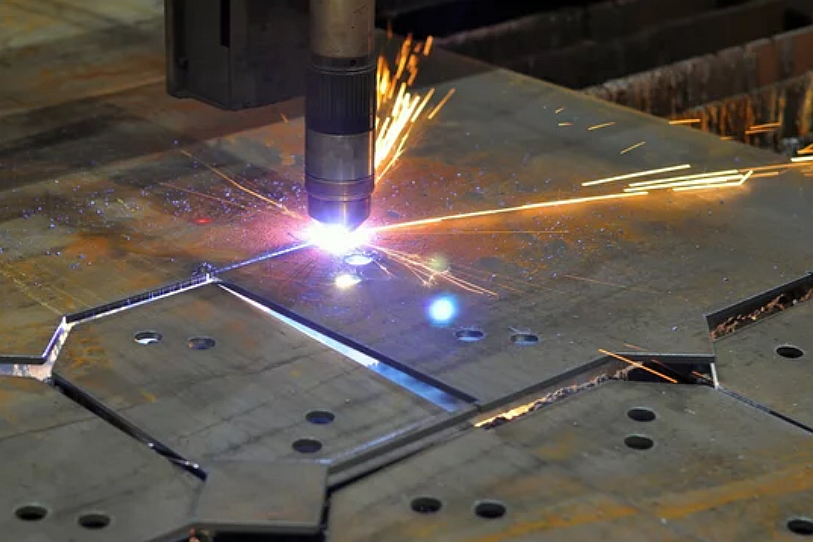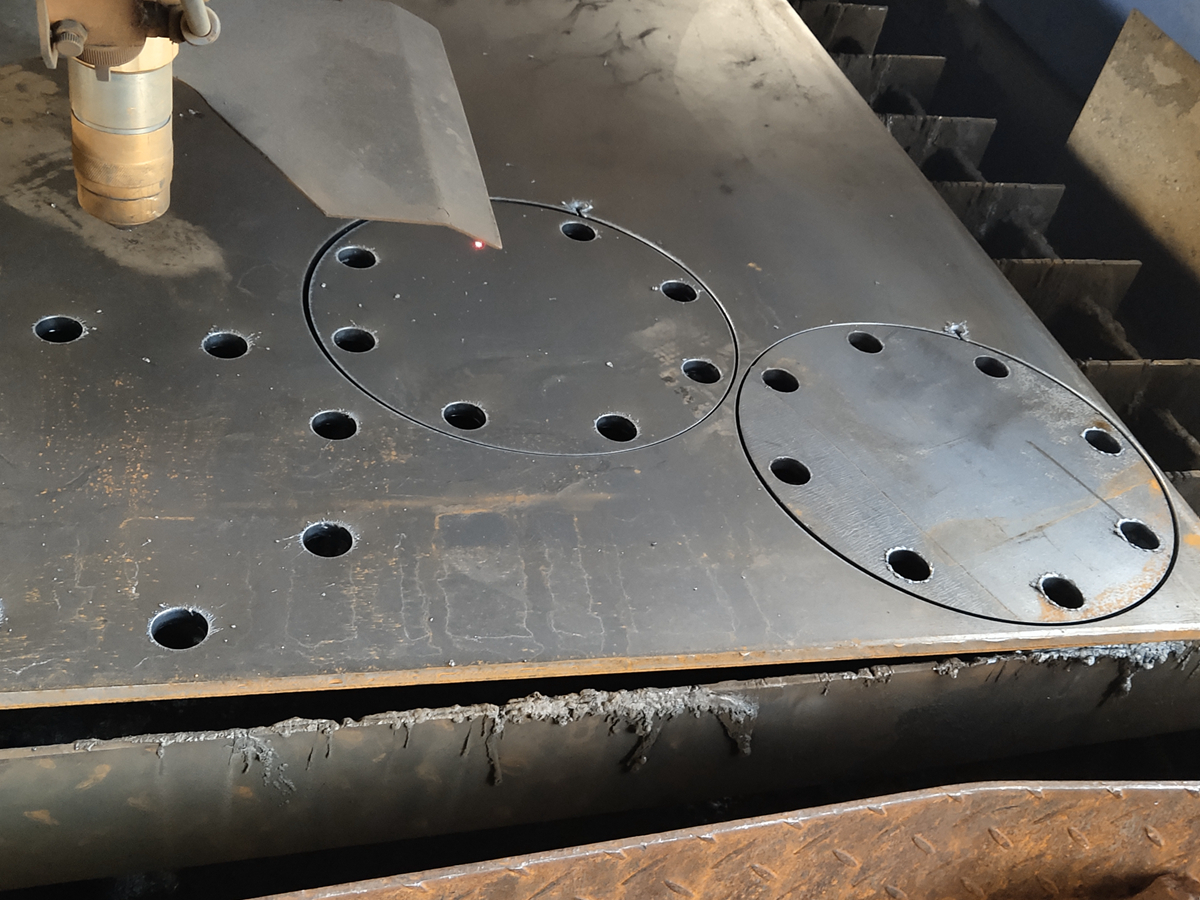How is custom plasma cutting technology evolving to meet sustainability goals?
Introduction
As global industries move toward greener production models, plasma cutting is undergoing a technological transformation. Manufacturers in aerospace, automotive, and energy sectors now demand solutions that balance precision, productivity, and environmental responsibility. The evolution of custom plasma systems demonstrates how sustainability and advanced engineering can coexist in modern fabrication environments.
Energy Efficiency Through Intelligent Control
One of the most impactful advancements in sustainability comes from intelligent power management. Modern CNC-driven systems—similar to those used in CNC machining prototyping—adjust arc current, gas flow, and torch speed dynamically, reducing overall power consumption. High-frequency inverter-based power supplies minimize idle energy loss, allowing custom systems to deliver efficient cutting without sacrificing quality. By optimizing current density, manufacturers achieve consistent results even when processing challenging materials, such as nickel-based alloys and stainless steel.
Material Utilization and Waste Reduction
Digital nesting software, integrated with sheet metal fabrication and prototyping platforms, enables parts to be positioned with near-zero scrap. These optimizations can reduce raw material waste by up to 25%. High-precision control also minimizes the heat-affected zone (HAZ), preventing costly rework of sensitive materials, including cast aluminum, magnesium alloys, and tool steel.
Longer Equipment and Consumable Lifespan
Advanced cooling systems and optimized torch design improve the longevity of electrodes and nozzles. Durable materials, such as carbon steel and zinc alloy housings, enhance component durability, thereby reducing the frequency of part replacement. These innovations lower total lifecycle waste while improving process reliability for large-scale industrial operations.
Cleaner Emissions and Safer Work Environments
Next-generation plasma systems feature closed-loop exhaust filtration and low-ozone gas combinations that reduce harmful emissions. When paired with eco-friendly surface finishing techniques such as powder coating or electropolishing, manufacturers minimize the use of volatile organic compounds (VOCs) and hazardous waste. These advancements contribute to cleaner production cycles and improved workplace air quality.
Integration with Smart Manufacturing and Recycling
Sustainability extends beyond process efficiency. Data-driven manufacturing allows custom plasma systems to monitor energy usage and predict maintenance needs, reducing downtime and optimizing consumable use. Integration with digital prototyping enables engineers to design parts for disassembly and recycling. Recycled aluminum and steel can be efficiently cut again with consistent precision, promoting circular manufacturing principles.
Sustainable Applications Across Industries
In aerospace manufacturing, eco-optimized plasma cutting reduces material waste for lightweight structures. The automotive sector uses energy-efficient systems for chassis and EV battery frames, while energy producers rely on them for turbine and heat exchanger fabrication under cleaner production frameworks.



